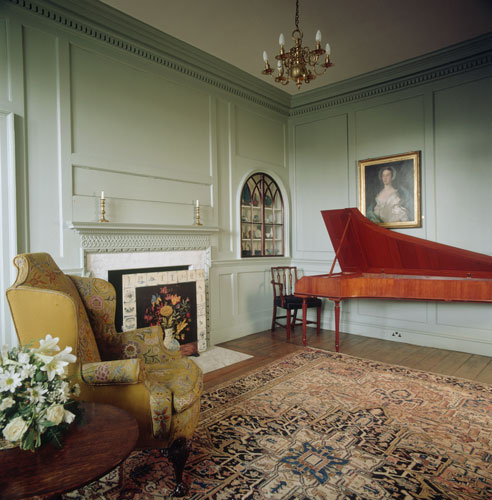By Diana Bentley
It lies on a busy road in Hackney, east London, in amongst the bustle and crush of modern life. It is however, a remarkable survivor from one of England’s most glorious and turbulent times and one of the treasured buildings remaining in London from the Tudor age. Sutton House was built in 1535 by Ralph Sadleir, a protege of Thomas Cromwell, who became one of the most prominent statesmen of his era. Hackney was a semi-rural spot at the time, far removed from the crowds and noise of inner London and a good location for a family home. It was a tribute to Sadleir’s rapid success at court that he could build this elegant three-story mansion at the age of 28. Having joined Cromwell’s household as a boy and survived his downfall in 1540, Sadleir became Secretary of State for Henry V111, an MP and Privy Councillor and also served Edward VI and Queen Elizabeth 1.
Although the house has been reshaped and refashioned though its long life, some rooms remain much as they were in Sadleir’s time and you’ll find yourself immersed in a potent Tudor atmosphere here. Luckily for us too, Sadleir’s life and this house have been vividly brought to life in Hilary Mantel’s Wolf Hall trilogy and it’s not hard to imagine the family and their guests around you or others hard at work here. From the leafy courtyard, visitors enter the Linenfold Parlour, a fine, wood-panelled room, with a sturdy fireplace on one side, where light filters in from tall windows. Sadleir would have managed his busy household and affairs from this room where some wall paintings can also still be seen – an expensive decoration at the time. Next door, the Tudor kitchen is a study, practical space, which once would have been filled with the heat of a blazing fire and presided over, no doubt, by a busy cook who had a large family to feed.
The Painted Staircase, a later addition to the house, leads to the First Floor where you’ll find the Great Chamber – a magnificent, wood-panelled banqueting hall with an elegant fireplace and portraits of family members. This is where Sadleir, who was also an ambassador to France and Scotland, would have entertained his guests, impressing them with the graciousness of his house. Next door, the Little Chamber is thought to have belonged to Sadleir’s wife. Sadleir met Helen Barre in Cromwell’s house. Since she was below his social status, it was a love match and, together they had seven children. A fine wooden cradle lies in the room where Sadleir’s many children were probably born. Then, it was brightly decorated, the wooden paneling apparently painted red. Traces of the painting that adorned the fireplace can also still be seen. Some of the ghosts which are reported to inhabit the house are said to roam around this area, though you may not spot them in daylight.
Sutton House has had its own eventful history. Sadleir sold the house in 1550 and it was later acquired by a silk merchant, then divided into two homes and used as a boarding school for girls and by the church. On the other side of the Great Chamber, lies the Victorian Study, which belonged to a solicitor who once occupied this half of the house. This is thought to have been Sadleir’s own bedroom, remnants of which still remain.
Although the National Trust acquired Sutton House in 1938, it was later used by a trade union and by squatters. In 1987, The Save Sutton House Campaign stopped the house being sold to property developers and in 1994 it opened its doors to the public. As well as welcoming visitors, private events are sometimes held here. Sutton House, it seems, has been as much as a survivor as its first, illustrious owner. Sadleir not only weathered the political storms of his time, but died in 1587, at 80. The house he built now lives on to provide a vivid glimpse into that enthralling age.
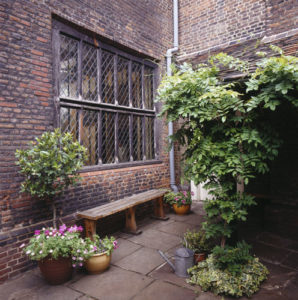
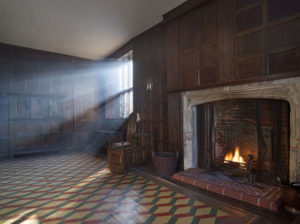
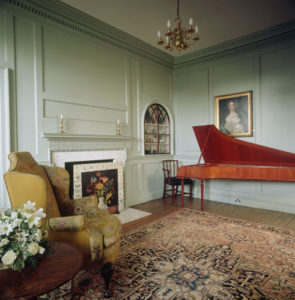
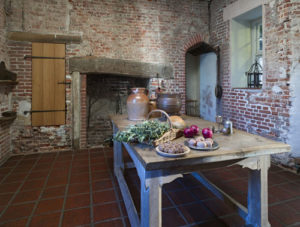
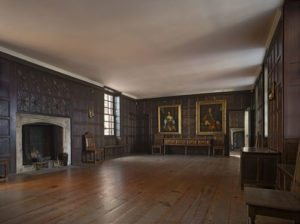
Sutton House: www.nationaltrust.org.uk/sutton-house-and-breakers-yard
Sutton House is open for guided tours on Wednesdays, Fridays and Sundays at 11 am and 2 pm (also at 3.30 pm on Sundays).
